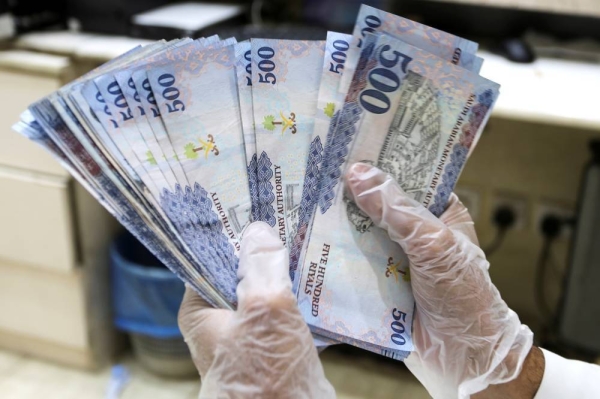The latest report from the Saudi Central Bank (SAMA) reveals that the remittances of money by expatriates have hit a two-year high in July 2024, reaching a total of SR12.91 billion. This represents a significant increase of 21.47 percent compared to the same period in 2023, when remittances stood at SR10.63 billion. This surge in remittances marks the highest levels seen since September 2022, indicating a positive trend in the flow of funds from expatriates working in Saudi Arabia back to their home countries.
While foreign remittances soared, Saudi remittances also experienced a slight growth on an annual basis, reaching SR5.81 billion in July 2024, up from SR5.8 billion in the previous year. The average annual value of Saudi remittances abroad was reported at SR61.95 billion, with a monthly average of SR5.16 billion. The total value of foreign remittances in the year 2023 amounted to SR126.83 billion, with an average monthly remittance of SR10.57 billion, highlighting the significant contribution of expatriates to the global economy.
In terms of imports, Saudi Arabia saw a decrease in mercantile imports in June 2024, amounting to about SR57.7 billion, a 5 percent drop compared to the same period in 2023. Additionally, imports of goods decreased by approximately SR16.7 billion (22 percent) in June compared to May 2024, according to data released by the General Authority for Statistics. Machinery, mechanical devices, electrical equipment, and their parts accounted for 25 percent of Saudi Arabia’s total imports in June, with a value of SR14.3 billion, followed by vehicles, aircraft, ships, and similar transport equipment at around 11 percent.
China emerged as the top trading partner for Saudi Arabia in June 2024, accounting for 21 percent of the country’s total imports with a value of SR12.1 billion. The United States of America followed closely behind with imports valued at SR4.5 billion, while the UAE ranked third with imports worth SR4.02 billion. This data highlights the diverse trading relationships that Saudi Arabia maintains with countries around the world, showcasing its significance as a key player in the global market.
Overall, the increase in remittances and fluctuations in imports indicate a dynamic economic landscape in Saudi Arabia, shaped by both internal and external factors. The rise in remittances from expatriates reflects the continued contribution of foreign workers to the Saudi economy, while changes in import patterns illustrate the country’s evolving trade relationships with its international counterparts. As Saudi Arabia continues to navigate global economic challenges, monitoring remittance trends and import dynamics will be crucial for understanding the broader economic outlook and identifying areas for growth and development in the future.





















